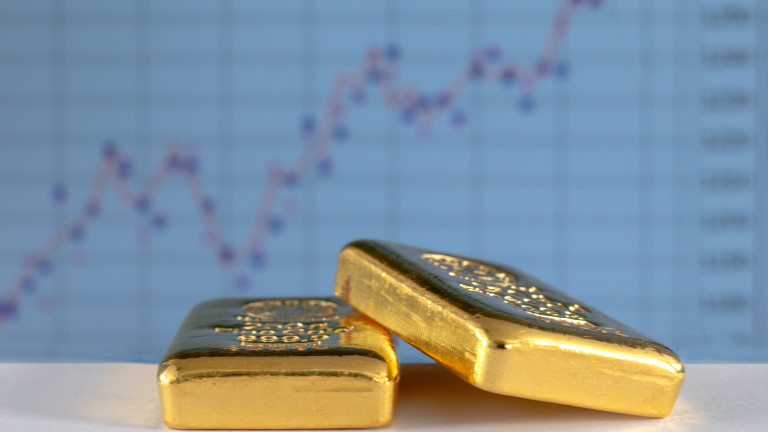Perhaps many investors who bought gold last year in an attempt to keep the value of their money in a pandemic environment, or to protect themselves from potential inflation, are now trapped in the depreciating precious metal and wondering where to go next. To answer this question, I will turn to the factors that determine the current depreciation of gold, as well as the prospects for these factors that will affect its price by the end of this year.
The fundamental picture of gold
From a fundamental point of view, the cheapening of the “yellow metal” was determined by several main factors.
The first is the rise in interest rates on US government bonds, which make gold a less attractive alternative (because of its inherent function of not yielding yields in the form of interest and other payments). Interestingly, behind the rise in interest rates on government bonds, are the increased expectations of investors for accelerated inflation in an environment of strong recovery in the global economy. Here, too, the notion that gold is a good defender against inflation has cracked. In fact, if we dig deeper, we will see that traditionally inflation is not among the “best friends” of gold. Because inflation is traditionally associated with rising interest rates. And while the Fed has once again reassured the market that it will not raise interest rates from record lows, at least until 2024, apparently the market is not “buying” this story.
The second factor that does not favor the movement in the price of gold is – the appreciation of the dollar, compared to when the precious metal is negatively correlated.
And third, weak purchases of gold by central banks and gold funds over the past year have not helped. Global gold demand fell to its lowest level in 11 years in 2020 as the coronavirus hampered the market, triggering huge purchases from investors, but the collapse in jewelry sales and purchases from central banks offset this factor.
The pandemic also transformed the geography of the bull trade by sucking gold from Asia, where most gold is sold as jewelry, to Europe and the United States, where investors are the dominant consumers.
This also increased the value of gold by 25% in 2020, as investors had a much greater impact on prices in the jewelry market.
Global gold demand fell to 3,759.6 tonnes last year, 14% less than in 2019 and the first year below 4,000 tonnes since 2009, according to the World Gold Council (WGC) in its latest quarterly report. .
The year ended with a slight note, with demand in October to December reaching 783.4 tons, down 28% year-on-year and the lowest in all quarters since 2008, the WGC said.
Gold is traditionally used as a storehouse of wealth and investors bought 1,773.2 tons last year, which is 40% more than in 2019 and the most for each year.
Exchange traded gold funds (ETFs) added a record 877.1 tonnes to their stocks, but these inflows turned at the end of last year and especially at the beginning of this year, when the money returned to risky assets that benefit from economic growth.
Consumption of gold by jewelers – usually the largest source of demand, dominated by China and India – fell to 1,411.6 tonnes as the coronavirus block closed shops and left people jobless, while higher prices also limited interest. among buyers.
This was 34% lower than in 2019 and the lowest annual total volume, although demand revived at the end of the year, said the WGC.
Central banks bought 273 tons of gold in 2020, which is 59% less than in 2019, with purchases falling sharply in the second half of the year.
From a technical point of view
Gold has been going through hard times lately. After falling momentarily to levels below $ 1,700 an ounce, the precious metal managed to return above this limit, but remains quite volatile.
Of course, for investors there may be a positive development. And it includes keeping the price of gold above $ 1,650 an ounce, its lowest level since April 2020. In that case, investors can expect a reversal of the negative trend and a referral for a test at the top of more than $ 2,000. But a drop below that limit could materialize another drop in gold and a move to the next psychological limit of $ 1,500.
* The material is analytical in nature and is not advice on buying or selling gold
– .


